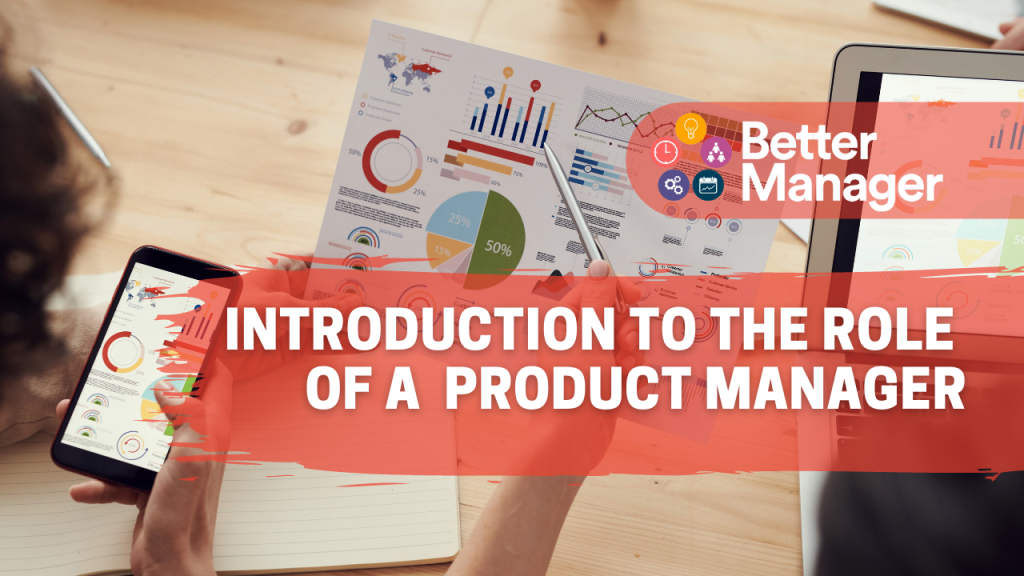The Role of a Product Manager
There are many aspects to the role of a Product Manager. This article outlines the most important ones: defining the overall goals and objectives of the organization, developing a product strategy, and managing the expectations of stakeholders. Listed below are just a few of the many important aspects of this role. This article also provides practical advice on how to succeed in this challenging position.
My goal is for you to gain a clearer understanding of the importance of these skills.
Listening and analytical skills
A product manager must be able to decipher what users are thinking, and then translate that insight into a solution. In addition to this, he or she must ensure that the product works as planned. As a product manager, you will face many issues, and it is up to you to figure out what the best solution is. For this reason, good analytical and listening skills are essential for the role.
Good communication skills are vital for any role, and product managers are no exception. Good listening skills are essential for bringing together disparate ideas and communicating them effectively. The old saying, “a picture is worth a thousand words,” applies equally to the product management role. You can use screenshots, video recordings, and napkin sketches to convey your ideas and thoughts. Whether you’re talking with the developer or the executive team, listening skills will be of great help.
Setting overall goals and objectives
Product managers need to set overall goals and objectives to guide their work. These objectives are usually high-level and should reflect important achievements. They should be measurable and achievable within a specified timeframe. Using the SMART methodology will help you set objectives and measure progress. The acronym ‘SMART’ stands for Specific, Measurable, Attainable, Relevant, and Timely.
In addition to helping you stay focused, the goal-setting process will help you stay organized.
It’s easy to get lost in the complexities of product management. It’s easy to focus on the big picture without paying attention to the details that matter the most. Setting overall goals and objectives as a product manager is critical to maintaining your focus and achieving your goals.
The first step is to consider the nature of your product, its market, and your customers.
Creating a product strategy
As a product manager, your primary job is to create and communicate a clear product vision. You will be responsible for communicating your strategy to all stakeholders, including customers. You will also be responsible for maintaining a product roadmap and interpreting customer feedback and data analysis. Developing an effective product strategy will help you create a strong working relationship with your stakeholders and independently make decisions. As a product manager, your role is to create a strategy for a new product and communicate that strategy to the entire team.
A product strategy needs to be formulated by incorporating customer feedback and your company’s overall strategy. You should work closely with the leadership team and make sure to keep everyone involved in the process as objective as possible. If you are working in a highly collaborative environment, consider having a third-party facilitator to ensure that all stakeholders are aligned. Your goal is to come up with a clear product strategy, and you can use the three tools below to facilitate the process.
Managing expectations of stakeholders
Managing expectations is an important aspect of delivering a product and has become a mission-critical role for product managers. The challenge lies in persuading stakeholders to be optimistic about the product, while not disappointing them. It is perhaps the most difficult act of management, as the product is likely to be highly anticipated by the executive team. The challenge, however, lies in maintaining the stakeholder’s high expectations, while simultaneously managing changes and the expectations of the other parties.
Unlike in traditional product management positions, product managers need to have a high level of trust from stakeholders. Unlike their direct bosses, product managers must gain their buy-in, satisfy their different stakeholders’ needs, and build trust. Developing empathy for the different stakeholders will help you to understand their expectations and win them over. Managing expectations of stakeholders as a product manager requires a high level of communication and understanding of each individual’s point of view.
Keeping an eye on KPIs
As a product manager, you are responsible for determining which key metrics or KPIs are most important to your business. These key metrics should act as a health check for your product, giving you insight into the performance of your other team members and stakeholders. These metrics will often differ from those of individual stakeholders. You must decide on them early on and measure them regularly. You should also determine which ones to monitor closely, and which to let go of completely.
One of the best ways to keep track of your team’s performance is to focus on the number of failed tests. By tracking the number of failed tests, you can ensure that your team is working with the most effective tools possible. Defect detection effectiveness (DDE) is a useful KPI to track, as it measures how well your team catches and uncovers defects in your product. An increasing DDE means that your team has a better chance of detecting defects before they are released to the public.

